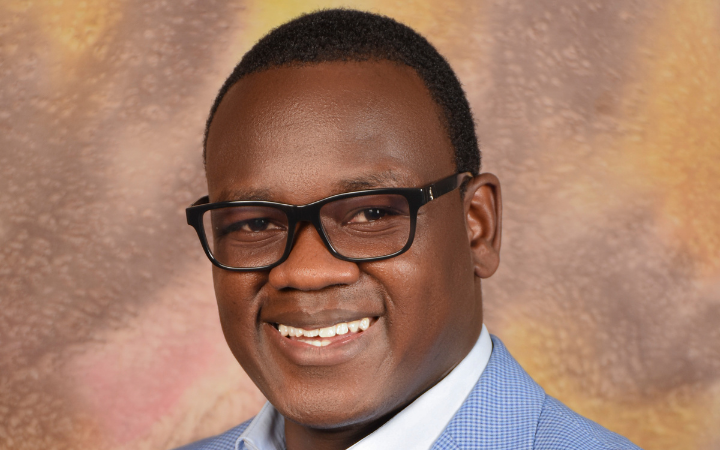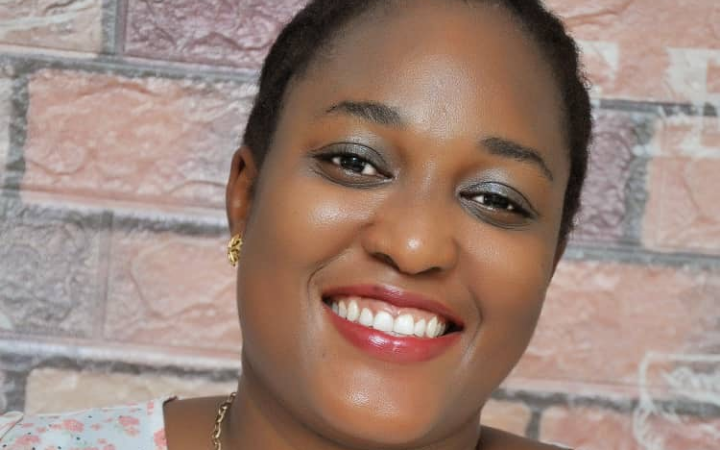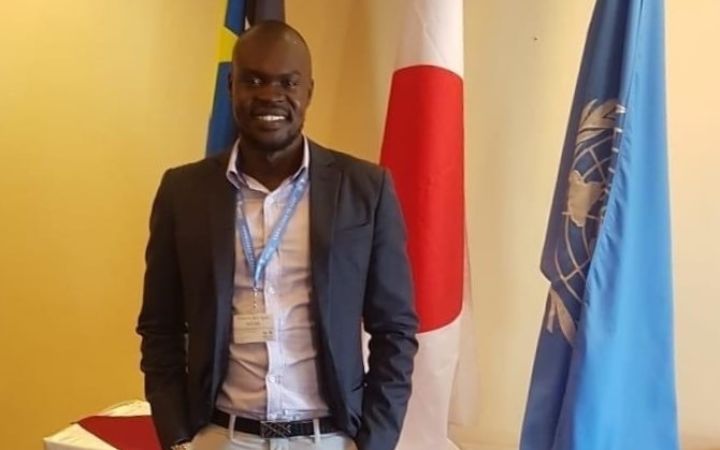Displaying 191 - 200 of 275
“The course brings interesting case studies and I connected with two of them that were about microfinance institutions from Kenya that target people in rural areas.”
“It was a huge task, but I decided to challenge myself and go through it, and I’m glad I did.”
Maurici’s Lighthouse School is shedding light on climate change issues in a rural community in Brazil and leading to collection action.
Khamis Bol Ajak Aguar of South Sudan is passionate. Passionate about passing on the knowledge and skills he learned from UNITAR and his studies, educating youth, and bringing peace and prosperity to his country. UNITAR is delighted to have Khamis as a volunteer coach for South Sudanese youth in our entrepreneurship programme and to see how our remarkable alumni are bringing about positive change in the world.
“Health emergencies are included in DRR, and the COVID-19 outbreak definitely falls under the definition of a disaster. The lockdowns to control the spread of the disease, the vaccination programmes – of which the role out primarily depends on the local governments – and the layout of recovery plans are part of the strategies governments have taken to minimize the impact of this health disaster”.
“The workshop made me see the need to diversify as an entrepreneur [...]. I have now decided to spend more time attending to my fish farm since the opportunities for increased livelihood are higher in agribusiness livelihood are higher in agribusiness.”
“People are used to training in which one arrives with a notebook and a pencil, sits down and takes notes, but the training offered by UNITAR was quite experiential. The facilitators shared their experiences with us and helped us build trust. This inspired us to share our own story and experiences without fear of judgment.”
"Peace depends on us... One of the most effective ways to demonstrate our impact is to invest in prevention. We spend far more time and resources managing and responding to crises than on preventing them. Our approach needs to be rebalanced.”
With the hackathon, Enas became more inspired to continue promoting healthier lifestyles and cities’ renaturalization with her students. She has replicated some of the methodologies from the hackathon in her classes.
As part of the AGFUND and UNITAR Global Learning Platform on Financial Inclusion initiative, two e-workshops were organized to enhance the capacities of professionals in the areas of financial inclusion and sustainable development. The e-workshops "Financial inclusion and sustainable development" and "Training of Trainers for financial inclusion" were delivered in November and December 2020, over four weeks each. The e-workshops targeted professionals working in microfinance or financial institutions from the Middle East and North Africa (MENA) and Sub-Saharan Africa (SSA).











